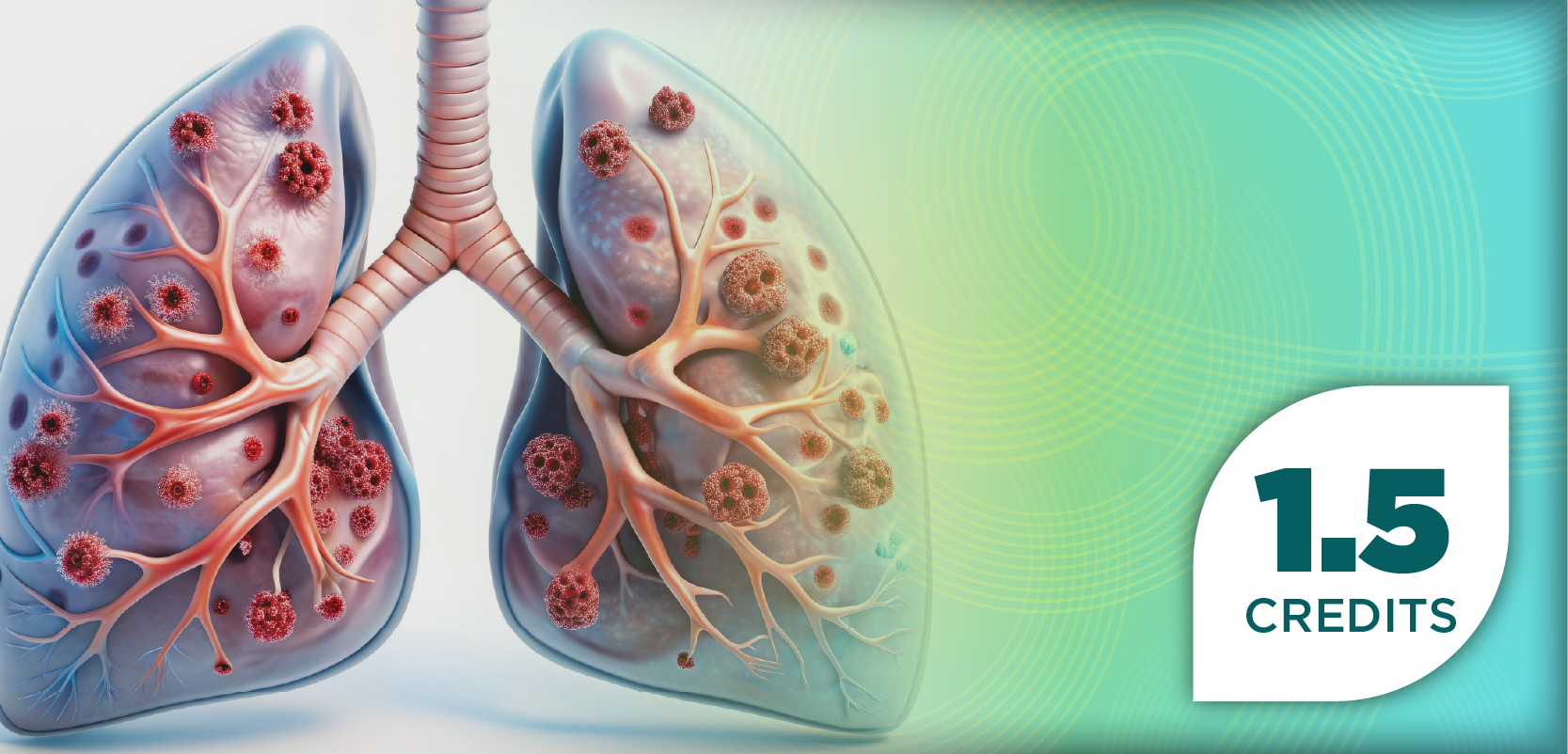
Lung Transplant Recipients at High Risk of Secondary Lung Infections Post Infection With SARS-CoV-2 Omicron Variant
Key Takeaways
- LTRs are at increased risk of severe COVID-19 and secondary lung infections due to immunosuppression and the rapid spread of the Omicron variant.
- Severe COVID-19 cases in LTRs show higher fever, dyspnea, and combined pulmonary infections, with significant mortality due to organ dysfunction or respiratory failure.
Lung transplant recipients were found to be at heightened risk of developing secondary lung infections, including bacterial and fungal infections, due to unique risk factors.
According to data from a Chinese single-center case series published in the Journal of Thoracic Disease, lung transplant recipients (LTRs) infected with the Omicron variant of SARS-CoV-2, the virus that causes COVID-19, are at heightened risk of experiencing secondary lung infections following infection.1
Transplant Recipients Remain at Unique Risk of Severe COVID-19
COVID-19 remains a major public health concern despite the emergency phase of the pandemic receding. The virus continues to circulate among the public and mutate accordingly, requiring consistent vigilance and prevention efforts, especially among those with high-risk conditions. One such group is those who have received a solid organ transplant, who often rely on long-term immunosuppressive agents to prevent graft rejection. LTRs are at a uniquely high risk of acquiring a community-spread respiratory viral infection, including SARS-CoV-2.1,2
The Omicron variant has demonstrated a particular ability to rapidly spread, becoming the dominant strain shortly following its detection. The speed at which Omicron can spread—and the vast swaths of the population it has infected—make it especially challenging to prevent and manage COVID-19 infections among LTRs. When a patient undergoes a transplant, it requires a specialized immunosuppressive state and can set the stage for a viral infection to take the reins and take over the immune system.3 LTRs can be particularly dangerous in the context of SARS-CoV-2, which can cause lung inflammation and respiratory concerns.1,3
Until now, data on COVID-19 in LTRs, especially during the period when Omicron was dominant, remain limited. The current authors aimed to elucidate insights and clinical experiences regarding the management of LTRs in China during the Omicron wave, with the goal of helping future clinical decision-making for this patient population.1
LTRs With COVID-19 at Higher Risk of Complications
In total, 227 LTRs were included and evaluated for Omicron infection. Following exclusion of cases without a confirmed SARS-CoV-2 infection, 178 adult LTRs with confirmed SARS-CoV-2 infection were included in the single-center, retrospective study. Among these cases, 89 were managed in community or outpatient settings, whereas 89 were hospitalized. Data were primarily collected through telephone follow-up or online questionnaires for nonhospitalized LTRs, whereas clinical data for the 89 hospitalized LTRs were obtained through electronic medical record review.1
Characteristics of COVID-19 infection among these LTRs were determined, including clinical symptoms and laboratory and radiologic features, for the 89 hospitalized COVID-19 cases. Patients with severe or critical (S/C) disease had a higher incidence of fever (83.8% vs 59.6%, P = .02) and dyspnea (62.2% vs 25.0%, P = .001) compared with patients with mild or moderate (M/C) disease. The S/C group also demonstrated significantly higher white blood cell counts, neutrophil counts, and neutrophil-to-lymphocyte ratio within 48 hours of hospital admission. Interestingly, CD4+ T lymphocyte counts were found to be lower in the S/C group.1
Especially among patients with S/C disease, LTRs experienced prominent development of combined pulmonary infections following COVID-19 (67.6% vs 38.5%, P = .006), including pulmonary bacterial infections and pulmonary fungal infections, compared with the M/C group. The investigators did not report any deaths among nonhospitalized patients, but 13 of the 89 hospitalized LTRs died because of COVID-19 or complications. The primary causes of death were multiple organ dysfunction or respiratory failure due to COVID-19.1
In evaluating risk factors for severe disease and death, the investigators found multiple aspects that could cause a patient to progress to a severe SARS-CoV-2 phenotype. These included C-reactive protein levels higher than 41.8 mg/L (OR, 4.23; 95% CI, 1.68-11.23), combined pulmonary fungal infection (OR, 4.76; 95% CI, 1.59-15.64), and interstitial lung disease (OR, 5.13; 95% CI, 1.19-29.17), the authors explained. Furthermore, according to an analysis of indicators using receiver operating characteristic curves, CD4+ T lymphocyte count had the highest area under the curve, indicating strong potential to predict mortality.1
Role of Pharmacists in Communicating Risk
Pharmacists are in a critical position to evaluate LTRs for symptoms of COVID-19 and promptly refer them to the necessary treatment avenues based on their condition. Not every LTR will have severe outcomes or secondary infections due to COVID-19, but pharmacists must educate patients in this population on their significantly heightened risk for such complications.
“This study highlights the importance of dynamic monitoring and prompt intervention in the management of LTRs with COVID-19, especially given the unique challenges presented by the Omicron variant,” the study authors explained. “These findings highlight the need for heightened attention and early intervention in LTRs with ILD to reduce the risk of severe COVID-19 progression.”1
REFERENCES
1. Zhao L, Guo L, Zing B, et al. COVID-19 caused by the Omicron variant in lung transplant recipients: A single center case series. JTD. 2025;17(2). doi:10.21037/jtd-24-1314
2. Peghin M, Los-Arcos I, Hirsch HH, et al. Community-acquired respiratory viruses are a risk factor for chronic lung allograft dysfunction. Clin Infect Dis. 2019;69(7):1192-1197. doi:10.1093/cid/ciy1047
3. Escalante EJ, Rodriguez JG, Del Carpio Salas J, et al. Clinical course, nosocomial, and opportunistic infections among kidney transplant recipients with COVID-19: A retrospective, single center study. Transplant Proc. 2023;55(8):1829-1842. doi: 10.1016/j.transproceed.2023.05.009
Newsletter
Stay informed on drug updates, treatment guidelines, and pharmacy practice trends—subscribe to Pharmacy Times for weekly clinical insights.













































































































































































































